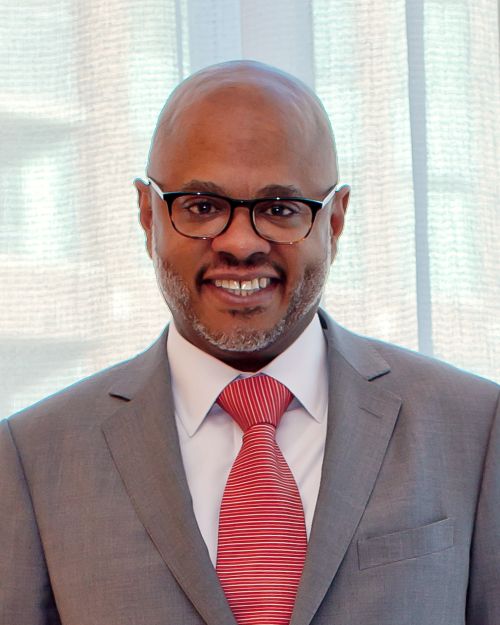From home tours on TikTok to agent tips on Instagram, today’s social platforms are saturated with savvy residential real estate brokers showcasing their brand and value in all kinds of creative ways – all while the same platforms seem to be largely underutilized among my fellow CRE agents.
As a commercial real estate broker who has been using social media to grow my business for more than a decade, I can tell you that it can be a game changer. Just a few posts a week have helped me win several clients, and I’m not alone in seeing the benefits of social. When respondents of the National Association of REALTORS®’ 2024 Technology Survey were asked about the tech tool that gives them the highest quality leads, more respondents cited social media than any other tool, including a CRM and digital ads.
If you rarely (or never) post on social media, I know jumping in can seem overwhelming. You may be wondering what platform to use, how many times you should post, even how to know if it’s working. And you might wonder how to balance posting with a really busy schedule. I’m here to tell you it can be done, and it doesn’t have to be difficult.
The following tips, gleaned from my own experience, will help social media work for you – not the other way around.

Kevin Rocio, @properties Commercial
Lead with Value-Driven, Educational Content
Remember the goal is to inform, not just impress. When posting, think about topics your potential clients would want to know about, like market trend breakdowns, cap rate explainers, lease structure tips, or cost segregation benefits, then share that expertise in an easily digestible format.
Keep your posts simple and focused on the points that add value to your audience. To help your followers quickly understand complex topics, I suggest using simple visuals like image carousels or short-form videos. Easy to use (and free!) tools like Canva can help you create professional looking graphics, and all you need is your phone and good lighting to share your expertise in a video.
Promote Listings with Strategy, Not Spam
Optimize your property marketing by focusing on what investors care about: maximizing revenue, finding operating efficiencies, and solving common problems. Rather than simply posting a “Just Listed” image, think about the questions an investor might ask, and build posts around those questions.
I suggest using short captions paired with visuals (video outperforms static photos), and leading with metrics like net operating income, cap rate, and lease terms. Relate the listing to your audience by highlighting important details of the deal: Is there assumable debt? Repositioning potential? Zoning flexibility?
Engage with Purpose, Not Just Presence
Too many CRE brokers treat social media like a billboard, posting something, then walking away. But there’s a reason it’s called “social” media – to get the best results and outcomes, it’s vital to interact.
On social media, the best visibility comes from activity – not just content. For this reason, it’s important to engage: comment on others’ posts, stay connected with DMs, and/or repost breaking industry news with your thoughts. Doing so will help you build relationships with your key audiences, including potential clients, lenders, architects, property managers, and fellow brokers.
I schedule social media like I would anything else I need to do in a day. Set aside maybe an hour a day to focus on reading others’ posts, commenting and sending messages. You can also schedule posts ahead of time, which can make it easier to fit them in at your convenience.
Highlight Your Successes the Right Way
You may be apprehensive about sharing testimonials, feeling like you’re bragging. But when done the right way, sharing your wins is an excellent way to build your credibility. You can post about Just Closed and Just Leased properties or share positive client reviews. To build goodwill and encourage even more sharing, tag your team, referral partners, and clients (with permission).
Be Consistent and Platform-Smart
A consistent, well-timed posting strategy beats random bursts of content. Aim for 2 to 4 posts per week on Instagram and Facebook, and at least three per week on LinkedIn. To make sure that others can find your posts, use targeted hashtags, like #CRE(your city), #MultifamilyDeals, and #1031Exchange.
Double down on what works by monitoring your analytics and repurposing your top-performing posts. For example, after a video I created for a unique property became one of my most popular posts, I reposted it six months later as a social media tutorial for other CRE agents. The second post ended up being more popular than the first, with only minimal effort on my part.
Final Thought: It’s About Connection, Not Just Content
In the social media age, people want to trust you before they ever transact with you, so turn views into value by sharing insights, engaging with your network, and showing up consistently.
Bottom line: if you’re a CRE broker who’s been on the fence about diving into social media—it’s time. Your next client might already be scrolling.
Kevin Rocio leads the ROC Advisory Group at @properties Commercial, a division of @properties Christie’s International Real Estate in Chicago. He was recently named Social Media Influencer of the Year by the Illinois Real Estate Journal. Follow him on Instagram and LinkedIn.









